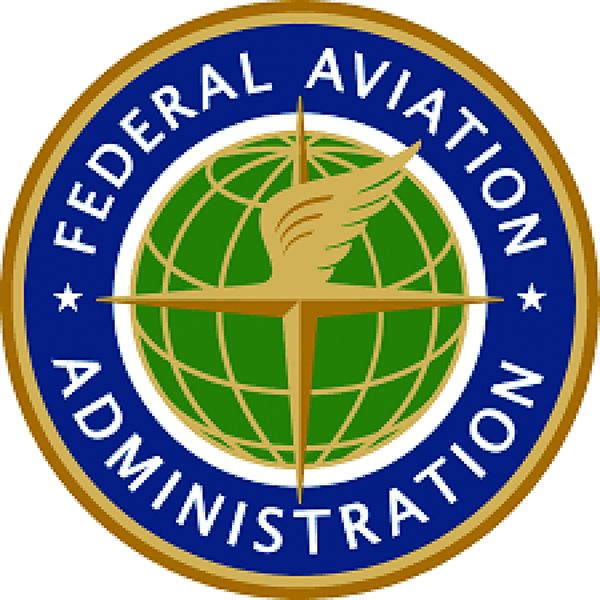Let’s get this rolling by disputing what “everybody knows” when it comes to flying in icing conditions in general aviation airplanes that weigh less than 12,500 pounds. To start with, there’s no FAR specifically prohibiting flying those airplanes into known icing conditions or clearing all of the ice, snow and frost off of the wings prior to takeoff.
Do we have your attention?
This is going to get a bit involved, so be patient as we take it step by step. First, we think that flying in known icing conditions in an airplane without de-icing equipment and/or not clearing all ice, snow and frost off of the airplane prior to takeoff ranges from just plain foolish to acting on a death wish. However, Part 91 applicable to little airplanes does not explicitly prohibit it.
Step two, a section of FAR Part 91—specifically 91.527—does have the above prohibitions. However, it only applies to “Large and Turbine-Powered Multiengine Airplanes and Fractional Ownership Program Aircraft.”
Step three, no, it’s not time to do a couple of handsprings for joy, fire up your air machine and go out hunting for ice thinking that you aren’t at risk of getting busted. For we in the bug-smasher set, the legality of flying in icing conditions is more nuanced than an outright prohibition. The FAA knows that it’s not realistic to compel pilots to park their airplanes any time there are clouds in the sky in the winter months. It has gone through a number of iterations in how it looks at what is “known icing,” what equipment is required to fly in it and what pilots need to do to make a mature, responsible pilot in command decision regarding flight into areas of the sky where there is a risk of collecting ice on the airplane.
When it comes to the legalities of making the takeoff decision, the FAA first points to 91.9—it requires that the pilot comply with the limitations set out in the Airplane Flight Manual, markings and placards. Sometimes the flight manual is clear in prohibiting flight into known icing (FIKI), sometimes it allows it if all of the enumerated systems are operating properly and sometimes it’s confusing as it seems to have some sort of what we’ll call “semi-FIKI” language.
The next step in the complying with regulations is 91.13, which prohibits operating an aircraft in a careless or reckless manner so as to endanger the life or property of another. Yes, it’s a catch-all regulation that is convenient when a pilot does something dumb, survives and there is not a regulation that specifically covers that version of dumb. From our perspective, one of the questions a pilot should always ask her or himself before departure is whether what I’m about to do will make me look stupid in the NSTB report. If so, you should probably also figure that the FAA will not have any trouble busting you under careless and reckless.
The next step in getting a handle on what is considered known icing and whether you can fly your airplane in the conditions you rationally believe to exist based on what you did in preparation for a flight to “become familiar with all available information concerning that flight” (91.103) is to look at three sources of information: the FAA’s Jan. 16, 2009, “Bell” Chief Counsel Letter of Interpretation, Advisory Circular AC 91.74B and the AIM.
We’ll just focus on the first one. The Chief Counsel of the FAA issues letters interpreting the FARs. They set out how the FAA will interpret a regulation should it take action against a pilot for violating the reg. On Jan. 16, 2009, it issued what is referred to as the “Bell” letter (after the last name of the recipient) on known icing that is the current word on the subject (https://tinyurl.com/y5v5cy3o)—and is widely considered to be well-reasoned.
It’s not black and white on the subject, but we think the carefully considered language makes sense:
“If the composite information indicates to a reasonable and prudent pilot that he or she will be operating the aircraft under conditions that will cause ice to adhere to the aircraft along the proposed route and altitude of flight, then known icing conditions likely exist.”
We think that allows pilots who have done their preflight homework into the weather products available to make a decision as to whether they can make a proposed flight safely and legally.
The sentence after the one quoted above is the FAA letting pilots know that it will be paying attention: “If the pilot operates the aircraft in known icing conditions contrary to the requirements of Part 91.9(a), the FAA may take enforcement action.”
In the letter, the FAA made it clear that icing forecasts are not perfect and the lack of PIREPs of icing are not definitive on the issue of whether icing is out there.
Compliance with the FARs is largely on the honor system—if you fly in icing conditions in a non-FIKI airplane and land safely there’s not a high likelihood you’ll be the subject of an enforcement action. However, if you do manage to get ice and tear up the airplane, an enforcement action may be in your future. And the FAA will use the following guideline, set out in its interpretation letter, in pursuing you: “‘Known icing conditions’ involve … circumstances where a reasonable pilot would expect a substantial likelihood of ice formation on the aircraft based upon all information available to that pilot.”


